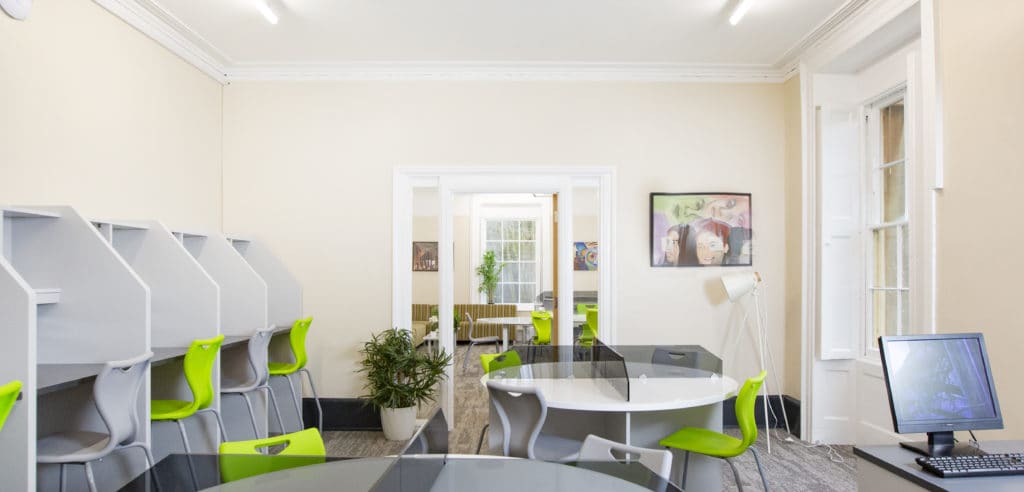Why is collaboration key in school projects?

In this blog, we have shared our thoughts on the importance and value of collaboration when working with schools.
When it comes to school refurbishment and building projects, various parties are all working together to achieve one common goal; meeting the needs of the school and the successful completion of the project.
We believe that collaboration between all parties, including school staff, architects, contractors and interior designers helps to deliver efficiencies across all aspects of the project, from the initial stages all the way through to installation and completion.
Planning and Ideas
Collaborating from the outset of a project helps to ensure that everyone is clear on the requirements and expectations.
It also allows all parties to participate in the discussion around the design of the space, providing an opportunity to offer advice and make recommendations based on knowledge and experience, helping to keep expectations realistic.
With regard to furniture, being involved in these conversations enables us to really listen to your school and the architect, giving us a greater understanding of the needs and purpose of the space, which we can then utilise to ensure that the furniture is truly fit for purpose.
Design
When it comes to a school project, it is important that you don’t look at each element in isolation as they all impact each other and so should be considered together.
Using furniture as an example, when designing for a project we need to consider the measurements, features, purpose and style of the space before we manufacture the furniture.
One common issue we find is that initial drawings for projects (before a furniture manufacturer is appointed) show generic furniture layouts, which evolve in time with meetings once the furniture supplier is appointed.
Due to sequencing on site, often the mechanical and electrical contractors will have already started fitting out to the initial furniture drawings. This can create issues when we start on site, as we find that there are clashes with features such as radiators, sockets or switch locations, as they had been working to a previous drawing.
This is where collaboration can really help to ensure the project runs smoothly and through everyone collaborating from the very start, it helps to ensure that the furniture fits the space perfectly, both in terms of the configuration and aesthetic fit, reducing the number of issues and ensuring everyone can continue working effectively and to schedule.
Project Management and Installation
Collaboration with trades is always really useful to assist in the best order of which the different finishing trades should go into the space.
Take a boarding project as an example. Who will need to go into the space first, those laying the carpet or installing the furniture?
Typically furniture is fitted over the top of carpet, but as the furniture will have a longer life cycle the carpet will need replacing sooner than the furniture. Therefore, fitting it in this way would require the school to remove the furniture in order to change the carpet.
By simply fitting the furniture before the carpet this can make replacing it an easier process, but this will need to be decided from the outset. This is because the furniture has to be manufactured slightly differently to ensure there is clearance beneath doors and drawers for opening over the carpet.
This example helps to highlight why collaboration and communication between the school, contractors and trades is vital.
Ensuring everyone is aware of timeframes is also crucial in helping to establish an effective schedule of works for installation and fitting.
Regular updates of any changes ensures everyone can deliver and install at an appropriate time without disrupting the running of the project or the work of the other trades.
Put simply, collaboration is key to effective project management so that projects can be completed to deadline, within budget and to the best possible standard for the school.
Stay up to date with furniture design trends
Subscribe to our newsletter and follow us on Twitter or LinkedIn.
